Best known for potatoes, Boise State football, and its natural environment, Boise is a smaller city with a growing urban scene but plenty of outdoor recreational activities.
The city offers a unique living experience for those looking to purchase a home, rent an apartment, move in as a single person, or start a family.
Before considering moving to Boise, it’s crucial to weigh the pros and cons to determine which fits your lifestyle, career, and personal goals.
Keep reading to learn more to determine if Boise is the right fit for you!
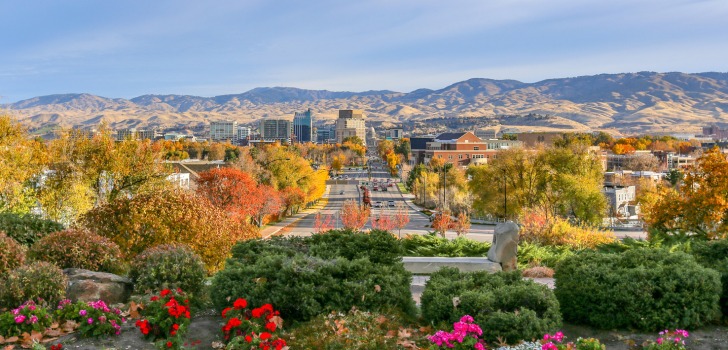
Contents
Pros of Living in Boise, ID
Many wonderful considerations exist when looking to relocate to Boise, including the following:
1. Affordable Living Cost
The affordable living cost is the biggest draw for potential new residents, significantly better than most major metropolitan areas.
Although the average Boise living cost is 7 percent higher than the national average, the daily expenses and housing marketing are much cheaper than larger areas.
For instance, the median Boise home price is $487,000 compared to Seattle, Washington, with a median home price of $835,000.
This affordability allows residents to enjoy an affordable quality of life.
2. Booming Job Market
The city has enjoyed considerable economic growth recently, attracting new job opportunities and industries.
The city is home to government, education, healthcare, technology, and food industries to service the growing population.
The below-average unemployment rate of 3.6 percent (the national average is 6 percent) and booming job market make Boise a popular place for new career prospects.
3. Enjoy Four Seasons
Although there are weather extremes that come with living in a desert climate, especially in the July, August, December, and January months, the city experiences striking springs and autumns that are dry and comfortable.
For those looking to move from more mundane year-round climates, Boise will be a breath of fresh air since it experiences four seasons.
4. Exceptional Outdoor Beauty and Recreation
Since the city is situated in Treasure Valley, it’s surrounded by natural beauty, including the Boise River, Boise Foothills, and nearby mountains.
For outdoor enthusiasts, Boise boasts plenty of whitewater rafting, fishing, skiing, hunting, biking, and hiking opportunities.
The extensive network of open spaces, parks, and trails delivers endless camping and stargazing opportunities.
If you maintain an active lifestyle, Boise is a great option.
5. Exciting Downtown
Boise boasts a vibrant downtown core with extensive restaurants, bars, breweries, galleries, café, and small stores.
Since the city is small and compact, it’s incredibly walkable and doesn’t have an overwhelming number of choices.
One of the best aspects of the downtown core is the friendly attitude of all business owners.
This presents the feeling of a big, small town instead of a cold city.
This also results in Boise’s small-knit community feeling.
6. Growing Arts and Culture Scene
For such a small city, Boise boasts a vibrant arts and cultural scene with extensive performance venues, theaters, and galleries.
The city houses the Idaho Shakespeare Festival, the Boise Art Museum, and the Boise Philharmonic, which offers a pleasant evening downtown.
Residents can immerse themselves in diverse entertainment and arts offerings, from art exhibitions to live music performances.
7. High Quality of Life
When you first visit Boise, you will immediately notice that residents want to live a peaceful lifestyle without intrusion, which has resulted in a tight-knit community feel.
Locals are known to protect this city gem, and each resident pitches in to maintain a safe, clean, and beautiful community since they take pride in the city.
This has resulted in an excellent quality of life and a welcoming community for all existing and new residents.
8. Tight-Knit Community
Boise boasts an excellent sense of community with welcoming and friendly residents.
Despite a growing population, the city has maintained its community spirit, with plenty of neighborhood gatherings, farmers’ markets, and local events that unite the city.
This friendly atmosphere and community involvement have resulted in a positive living experience.
Cons of Living in Boise, ID
Boise is not without its issues, however, so it’s also essential to understand the downsides of living in the city, which include the following:
1. Growing Population
The city has experienced a population boom in recent years as Boise becomes more appealing to outsiders seeking a slower and more relaxed lifestyle.
Boise County grew by 15.5% from 2010, whereas the U.S. growth was half during the same period.
Although the growth brings a thriving community and many other benefits, it poses challenges like infrastructure strains, higher housing demand, and increased traffic congestion.
As the city expands, residents must adapt to the changes brought by a growing population.
2. Limited Amenities
As the largest city in the state, Boise has some services and amenities but is far from the same depth as major metropolitan areas.
Those who relocate may miss certain big-city amenities, like a vibrant cultural scene, endless high-end shopping options, and major sports teams.
On the other hand, Boise’s small-town charm and feel lies in outdoor recreation access and a smaller community feel, so it’s a catch-22.
3. Limited Mass Transit Options
Boise continued to develop its mass transit system but is far from as comprehensive as other cities.
The Valley Regional Transit System offers bus service, but the frequency and coverage only meet the needs of some residents.
A private vehicle is almost required for convenient transportation around the city and suburbs.
Those looking to take mass transit outside the Boise Metropolitan Area will need help finding an option within a reasonable schedule.
At this time, there is no intercity rail system in Boise, so residents must rely only on the bus system.
4. Low Diversity
Although the city has plenty of cultural, arts, and entertainment activities, it severely needs more diversity.
As a mono-cultured city, Boise is consistently ranked one of the least ethnically diverse cities in the U.S. Over 88 percent of residents are white, which leaves almost no room for diversity.
The next largest demographic is Hispanic at 9 percent, then Asian at 3 percent, with black at 1.6 percent.
Therefore, if you’re coming from a diverse major city and searching for new ethnic restaurants to try, prepare to be incredibly disappointed.
The only bright side is that the city is more diverse today than it was 20 years ago, so it is going in the right direction at an incredibly slow pace.
5. Poor Air Travel Options
Boise Airport is a regional airport that provides access to local major cities like Seattle, Portland, and San Fransisco but has limited direct flight options, especially for those wanting to venture abroad.
This regularly results in higher prices, fewer options for specific routes, and longer travel times for less common destinations.
For instance, to head to European cities, you may need to transfer several times, which can be frustrating when coming from a city with excellent connectivity.
If you are a frequent air traveler or need connectivity, Boise’s limited air travel options could be problematic.
6. Poor Public Schools
Schooling options must be a strong consideration for those moving to Boise with a family or future family.
Idaho’s public school system is consistently ranked as one of the worst in the U.S. Only 47 percent of 3-5 five-year-olds are enrolled in preschool or other school programs, which is the second smallest in the U.S.
The national average is around 61 percent, so Boise is way behind the curve.
Also, Idaho is one of just 12 states not offering state-funded Pre-K programs for those under five.
High school graduation rates linger around 80 percent, considerably below the U.S. national average of 86 percent.
Finally, the abysmal graduation rate is in the top 10 lowest in the U.S.
7. Sometimes Extreme Weather
While most of the year boasts mild and pleasant weather, December and January are extremely cold with the most snowfall, and July and August are sweltering and dry.
Given Boise’s desert location, temperature variations can be challenging for those not used to the two extremes.
There are also specific weatherproofing measures that must be implemented for homeowners.
8. Summer Forest Fires
Given the dry heat in July and August and the number of dead trees in the area, summer forest fires are a regular occurrence and continue to worsen as temperatures rise across the globe.
For those living in Boise in prone areas, this equates to increased insurance premiums and dangers to your family.
Specific fireproofing techniques and opportunities can be applied to your home to reduce this risk, but there is always this looming danger in the summer.
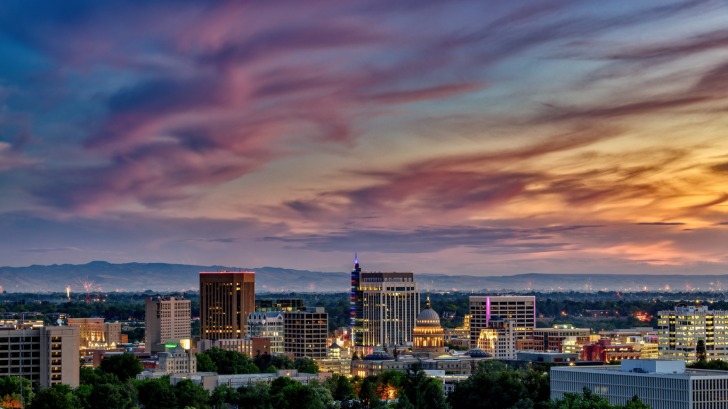
Pros and Cons of Living in Boise, ID – Summary Table
| Pros of Living in Boise, ID | Cons of Living in Boise, ID |
|---|---|
| 1. Affordable Living Cost | 1. Growing Population |
| 2. Booming Job Market | 2. Limited Amenities |
| 3. Enjoy Four Seasons | 3. Limited Mass Transit Options |
| 4. Exceptional Outdoor Beauty and Recreation | 4. Low Diversity |
| 5. Exciting Downtown | 5. Poor Air Travel Options |
| 6. Growing Arts and Culture Scene | 6. Poor Public Schools |
| 7. High Quality of Life | 7. Sometimes Extreme Weather |
| 8. Tight-Knit Community | 8. Summer Forest Fires |
Boise Safety Overview
READ THE FULL REPORT: Boise Safety Review
Safety Index: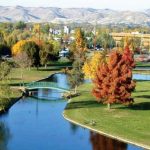
- OVERALL RISK: LOW
- TRANSPORT & TAXIS RISK: LOW
- PICKPOCKETS RISK: LOW
- NATURAL DISASTERS RISK: MEDIUM
- MUGGING RISK: LOW
- TERRORISM RISK: LOW
- SCAMS RISK: LOW
- WOMEN TRAVELERS RISK: LOW
Frequently Asked Questions
What are the harshest weather months in Boise?
January is the coldest month in the city, with average overnight temperatures dropping to around 24 degrees.
Boise also experiences significant snowfall this month, which can be difficult for those moving from milder climates.
On the other hand, July is the hottest month, with daytime temperatures averaging around 89 degrees.
July and August are also the driest months, so wildfires are prominent.
What is the political scene like in Boise?
Idaho is a heavily red state, with the last democratic governor leaving office in 1995.
Boise houses the most Democratic politicians in office, but even the city votes red, reflected in conservative state policies, including relaxed gun laws.
For those who live in a blue state, the very different laws surrounding specific and controversial topics can be challenging to adjust to, especially when first moving.
However, Boise politics won’t be much of an adjustment for those with more aligning political views or who are apolitical.
Is Boise a good place to retire?
With a retiree-friendly tax environment, cultural offerings, recreational opportunities, and affordability, Boise is consistently an attractive option for retirees seeking an enriching and fulfilling retirement lifestyle.
What are the largest companies in Boise?
The largest companies in Boise include Amazon, Deloitte, McDonald’s, Micro Technology, Target, Teleperformance, The Home Depot, and Wells Fargo.
The largest employment categories include manufacturing, food and service, finance and banking, and agriculture.
What is the quality of life in Boise?
Boise was rated as one of the Best Places to Live in the U.S. 2023.
Nestled in the Treasure Valley, Boise is Idaho’s capital city, best known for its natural beauty, affordability, and robust job market.
Residents of the city are friendly, and there’s a nice balanced and relaxed lifestyle compared to many other cities throughout the United States.
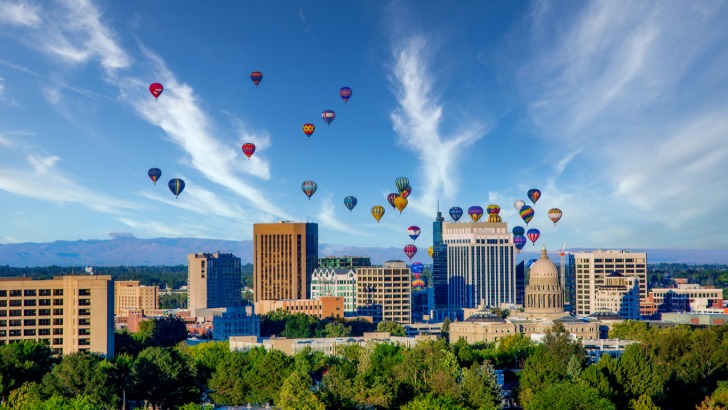
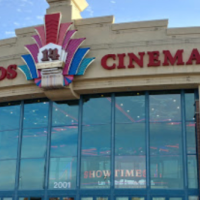
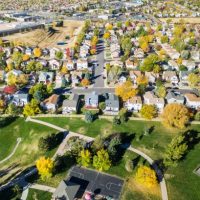
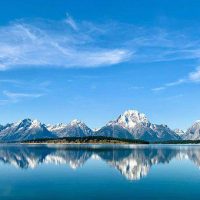
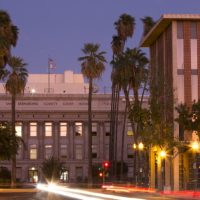
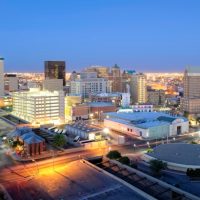
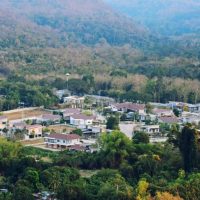





Boise offers a unique living experience with its affordable cost of living, booming job market, four seasons, outdoor beauty and recreation, exciting downtown, growing arts and culture scene, high quality of life, and tight-knit community.